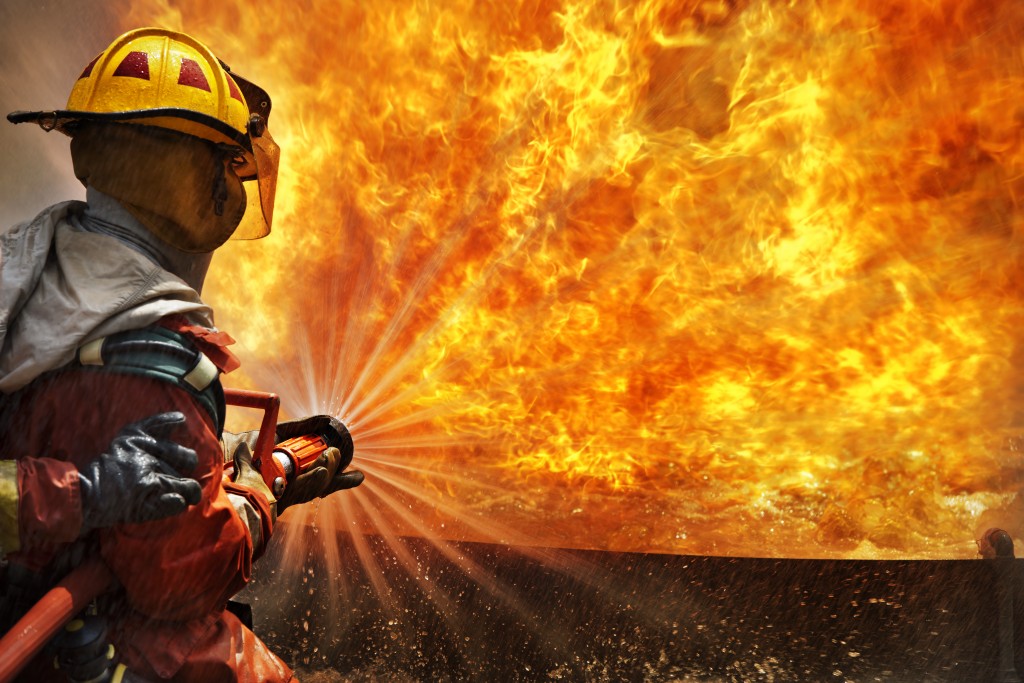Fires are known for causing billions worth of damage to structures around the world, especially in old homes near other homes or vegetation. But other than just causing widespread structural damage to homes, fires can also cause extreme bodily harm. Thus, we must consider preventive and safety measures in ensuring that individuals are safe.
While some medical professionals and firefighters are well-trained and equipped to handle almost any type of fire-related emergency, they’ll need ample time to get to your destination. When someone has a burn or an injury, they might need medical attention as soon as possible. First aid should be administered on the burned area. Here’s what you’ll need to know in treating burns and scalding.
Types of Burns
First and foremost, we’ll need to discuss the degrees of burn and the caliber of the injuries that are usually related to each type of burn. This will help you determine the treatment that’s needed in a particular area.
- First-degree burns – This is the first and most “superficial” type of burn that can happen on your skin. First-degree burns will usually affect the outermost layer of your skin and are characterised by reddish skin. It’s known for being painful, but it’s not serious enough to make your skin blister. In terms of pain intensity, it’s said to be the same as getting a sunburn.
- Second-degree burns – Compared to the first degree, second-degree burns are characterised by lasting damage to your skin. Since the damage is deeper, you’ll see blisters develop, which can be even more painful. Since a part of the dermis will be damaged, this might cause long-term or even permanent noticeable damage.
- Third-degree burns – This is one of the most severe types of injuries. Burning has gotten so bad that it can char the skin and give it a bit of white colouring from chemical reactions or when the bone becomes visible. The first two layers of the skin, the epidermis and dermis, are permanently damaged. In some cases, nerves for these parts are also damaged, and the person won’t feel sensations in these parts.
First Aid Process

If ever someone does get a serious burn, there are three primary steps that you can take to mitigate the effects of the burn.
- Cooling the area – First, you’ll need to protect the area from the heat that could cause more damage.
- Covering the wound – Right after cooling down the area, your damaged skin will be exposed to infectious agents and bacteria. Exposed flesh is especially vulnerable to infections and disease-causing microbes.
- Protecting the wound – After the wound has been sufficiently covered up, the healing process will need to be left unabated. To ensure that the wound will heal properly, ointments, medication, and bandages should be administered in the area. People trained with first aid will usually use light clothe or gauze to let the oxygen in.
It’s important to note that home remedies shouldn’t be an alternative to medicine and equipment used to treat burns. There’s a widespread belief that people should place powder, grease, or even butter on burn wounds, which can inadvertently lead to more harm than usual. When it comes to any burns, whether chemical or fire-related, medical attention is needed.
Prevention and Discerning Hazards
Prevention is the best means of mitigating hazards, both at the workplace and at home. One great way of preventing fire injuries is by extinguishing fires at the source of it. In a commercial setting, such as industrial facilities or commercial buildings, employers will need to be mindful of various fire hazards. Fortunately, there are commercial-grade fire water pumps that can prevent fires from breaking out.
If you’re managing a restaurant or any business type, It’s important to strategically place extinguishers close to kitchens and electrical appliances that tend to short circuit. Unkempt wiring can also be a potential hazard, especially in offices. Still, you might want to consider hiring someone doing electrical work for you.
Burn wounds are one of the most damaging injuries out there. Not only can this can cause severe pain, but this can also be fatal on most occasions. Safety and prevention should always be a priority in the workplace.

